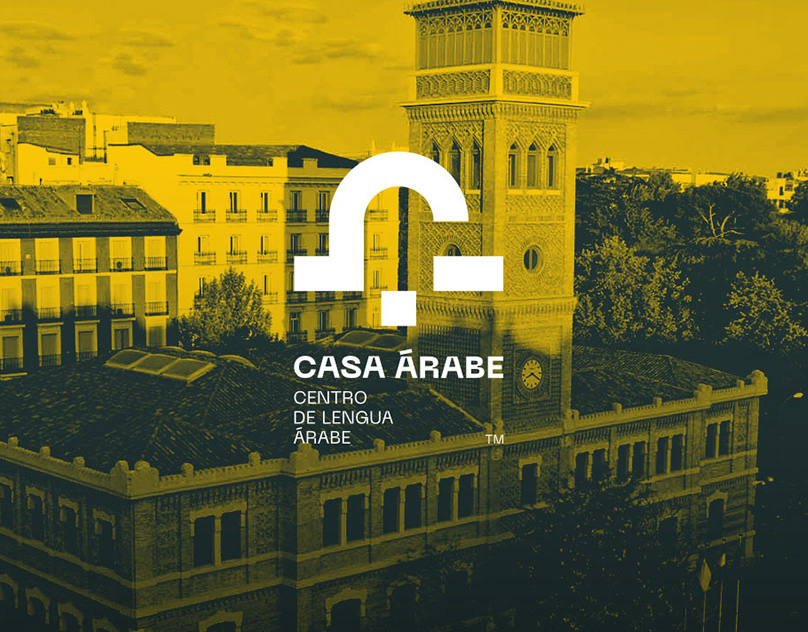
Prentice Women's Hospital
The existing urban context of the Northwestern Memorial Hospital complex consists of an accumulation of single standing buildings. Bertrand Goldberg’s innovative design of the Prentice Women’s Hospital stands as the most expressive solitary object within this context.
Today, Chicago’s most iconic hospital exists as a mere shell. A variety of constraints lead to this crisis threatening the further existence of the Prentice. Low density, resulting from the existing empty spaces between the free standing buildings, results in the current unviable economic situation of the hospital complex. Additionally, this problem is exacerbated by the limited natural lighting and insufficient floor-to-floor heights for accommodating contemporary medical infrastructure.
The strategy seeks to preserve the iconic architectural qualities of the Prentice: the unique form, the multiple panoptic organization and the material experience of the shell. It inverts the exterior experience of the shape as the existing object within the void to an interior experience of the shell as a void within an object.
The maximization of urban density on all adjacent blocks addresses the essential conflict between old and new and dedicates new civic space to Chicago.
The heart of the intervention is a panoptic core containing vertical circulation that spatially interacts with the interior of the Prentice shell. The core structure consists of remnants of the original Prentice floors. Bridges mediate between these floors and the increased floor heights of the new surrounding hospital. Floating skyways weave all components of the hospital complex together.
The remnants of the Prentice's shell and core offers a space for momentary release from the realities of hospital life. A space of inspiration through which the ruin creates a culture for its own preservation.
More information at: www.househaus.com








